Stichting De Traditie -
Cultural
Heritage



Utrecht - Science
Comparative Physiology - The Discipline
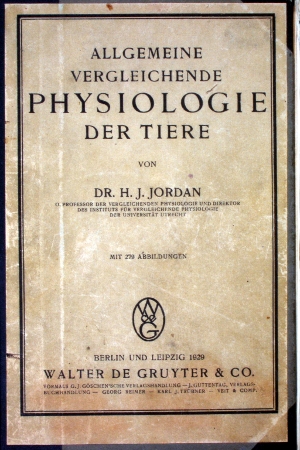

Physiology
is the scientific study of the phenomenon "life", the
functioning of organisms (Pütter 1911).
Physiology builds on previously accumulated knowledge of
shapes, construction plans, and behavior. The adjective
'Comparative' knew several 'flavors' in the course of
time. At the University of Utrecht in the second half of
the 20th century, Comparative Physiology meant
fundamental animal physiology research, where
biodiversity and adaptation to the environment were key.
The animal is studied for the animal itself, and not as
a 'model system' for the medical man, such as described
by Severino in 1654 (Schmidt 1855), or in support of
Darwin's theory of evolution.
In the Netherlands, Comparative Animal Physiology begins
with the arrival of H.J. Jordan at Utrecht in 1913 . This
is the period where Comparative Physiological textbooks
appear, and publications of research results in journals.
The majority of these publications are on 'vegetative'
physiology: digestion, circulation, respiration,
transport, and metabolism. The associated research methods
are mainly borrowed from chemistry. Less accessible is the
'animate' physiology: the functioning of muscles, senses,
nerves, and brains. Here, electrophysiological measurement
methods are mainly used. The dichotomy in vegetative and
animate physiology is based not only on differences in
research methods, but also on parallels between the
dualistic separation of vegetative, physical, growth
functions, and the animate life functions. Note that
Wilbrand in 1833, this distinction between geistig -
animate and körperlich - vegetative already
applied to the so-called "lower" organisms.
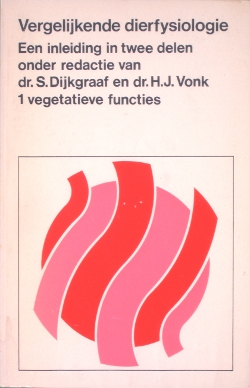
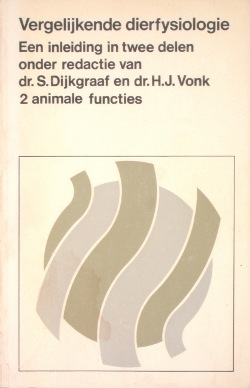
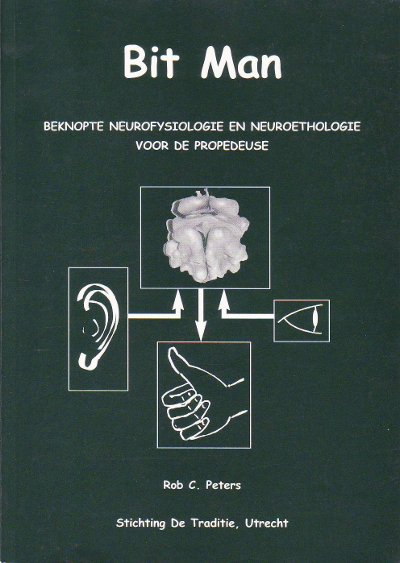
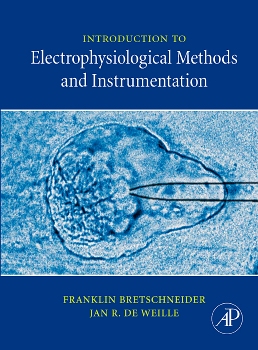
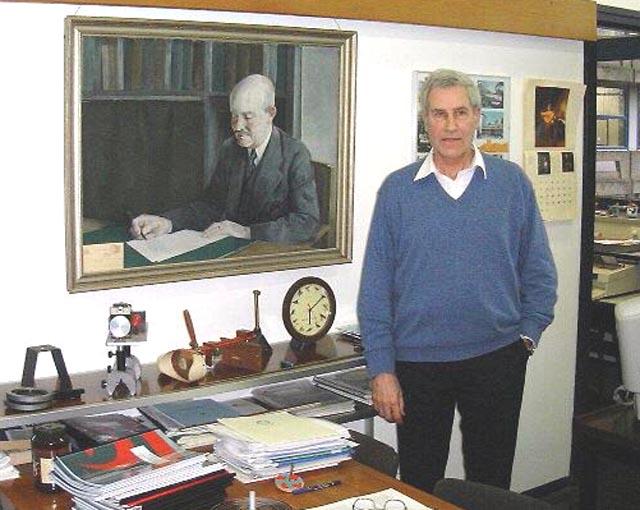

Sven Dijkgraaf, Head of the Department, gave Comparative Physiology in Utrecht a different signature. Focus of research was shifted to the 'animate' branch with social behavior and orientation. This turn was mainly inspired by the work of Karl von Frisch. Typical of this type of research is the study of the intact organism. Research questions are: what features can animals observe in their environment, and how do they use that type of information? Essential in this approach is the concept that the simplest living organism has an internal representation of the environment that allows it to survive and reproduce. The research methods that were in vogue for sensory, nerve, and muscle research were electrophysiology and psychophysics. The biochemical branch of comparative animal physiology at Utrecht, under the supervision of fellow professor H.J.Vonk, followed the instrumental developments into the cell and subcellular level in this period. In 1971 Dijkgraaf & Vonk's Dutch textbook on Comparative Animal Physiology was published. The discipline of Comparative Animal Physiology in Utrecht peaked around 1975. In addition to the biochemical, cellular and subcellular research - that is not discussed further here - a select group of scientists maintained expertise in the field of sensory and nerve physiology, and behavior. The publications cover information processing in the visual system of humans, rabbits, birds and invertebrates, hearing of fish, the magnetic susceptibility of insects, the electrical sensitivity of fish, beekeeping, social behavior of monkeys and apes, and orientation behavior of insects, fish, mollusks, and turtles. In the last quarter of the 20th century, Comparative Animal Physiology was overshadowed by molecular biology, cell biology, and medical disciplines like pharmacology. The use of animals was restricted, with disastrous consequences for research based on biodiversity. Academic freedom was curtailed; focus, mass, and exploitation were the new dogmas. PhD students devalued to cheap temporary workers for venture related, applied research. Handbooks on Comparative Physiology disappeared from the bookstores. In the last 15 years of the 20th century, research concentrated on the visual system of cats, and primates, including human beings. Around 2010, Comparative Physiology disappeared from the Faculty of Biology.
A list with the 'Collected Papers' since 1915 - the start of Comparative Physiology in the Netherlands - and publications of the 'Animal' group till 1995 are listed int the memorial booklet of 1995.
Images left clockwise from top to bottom:
20200426